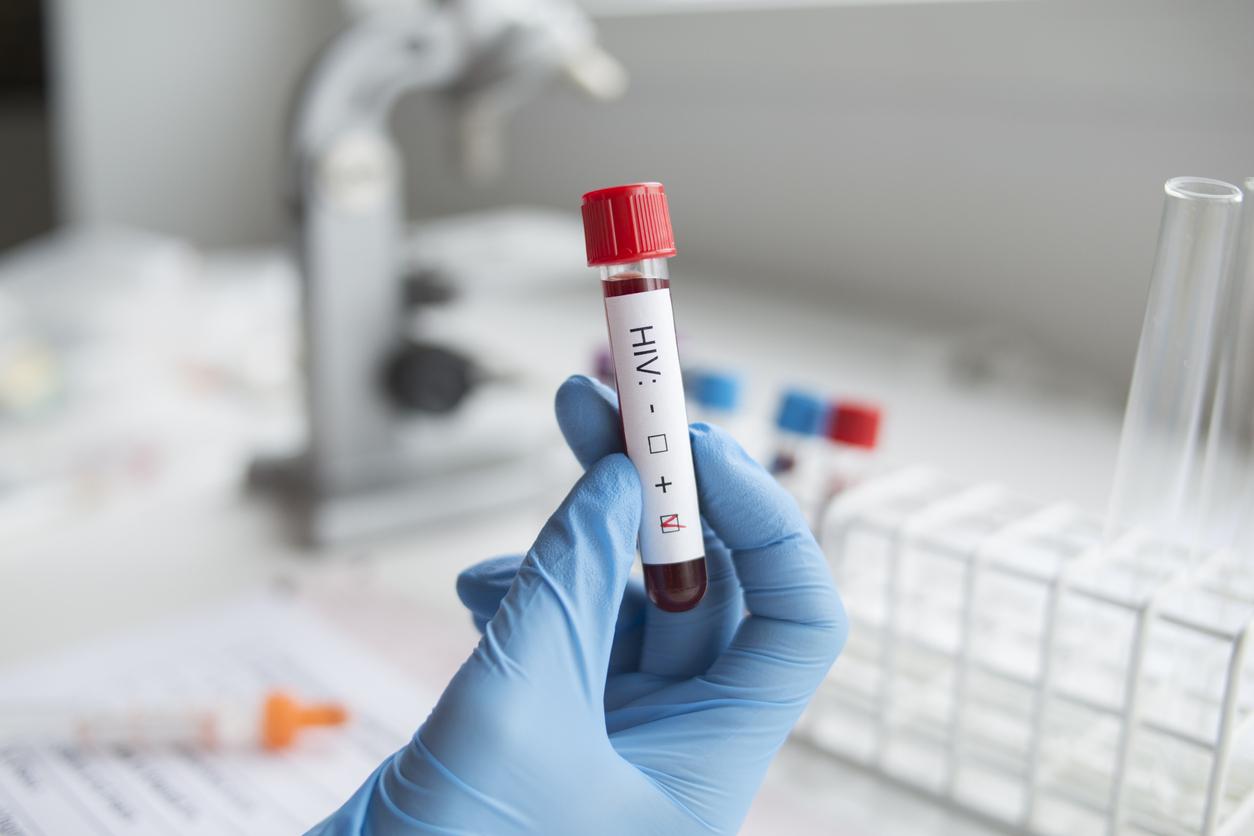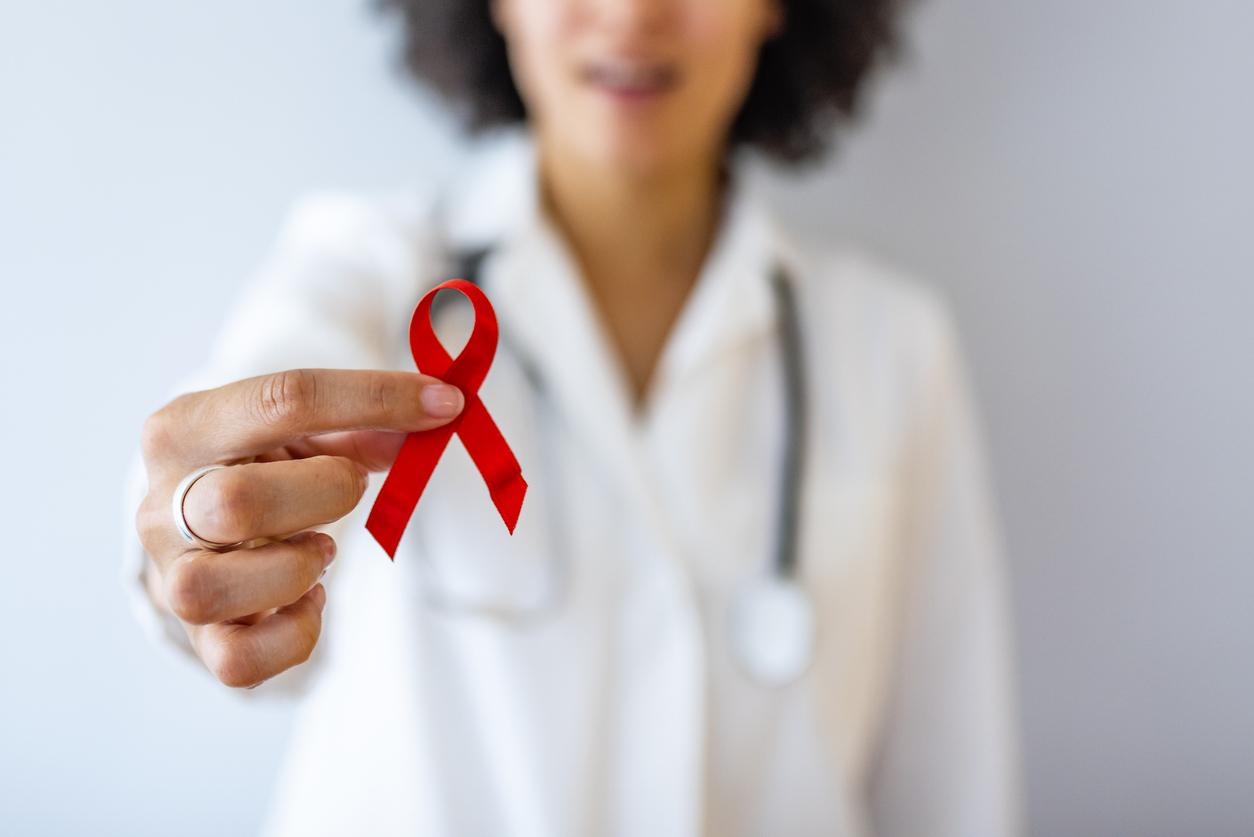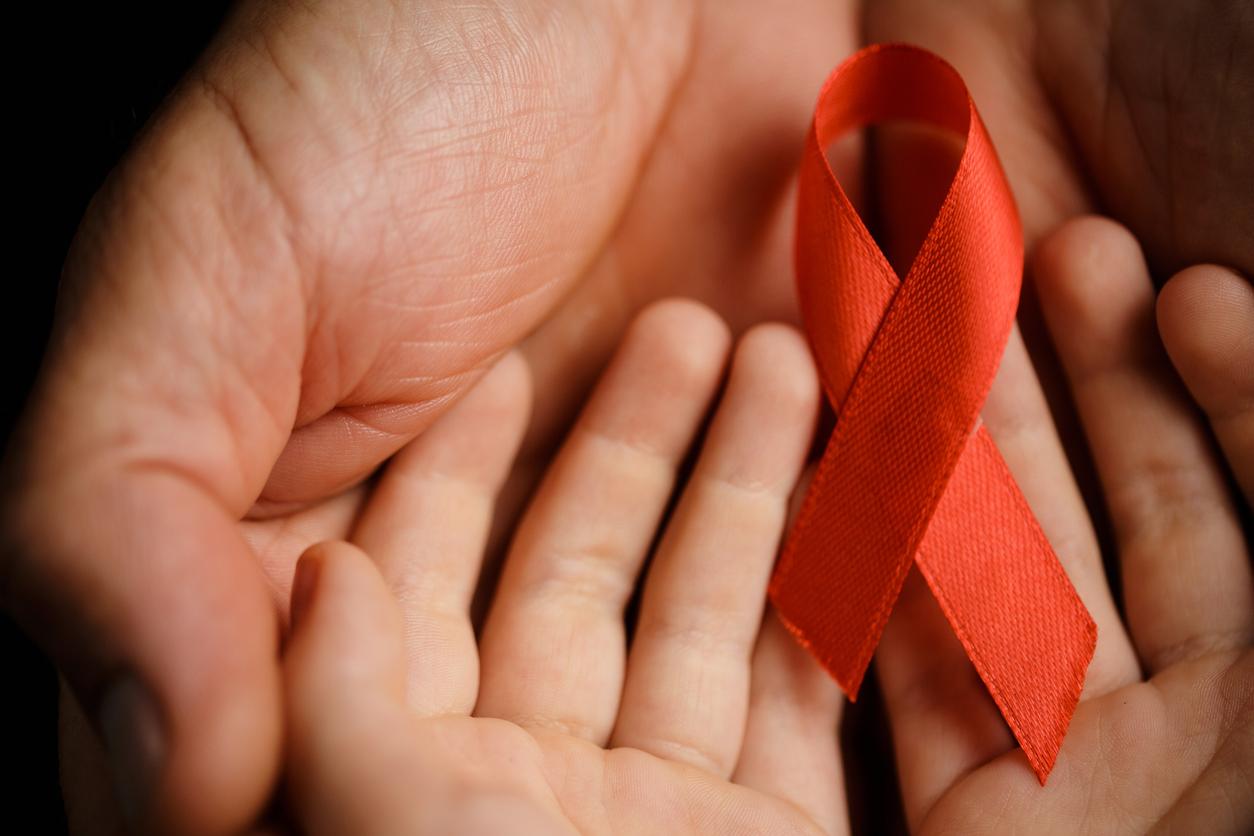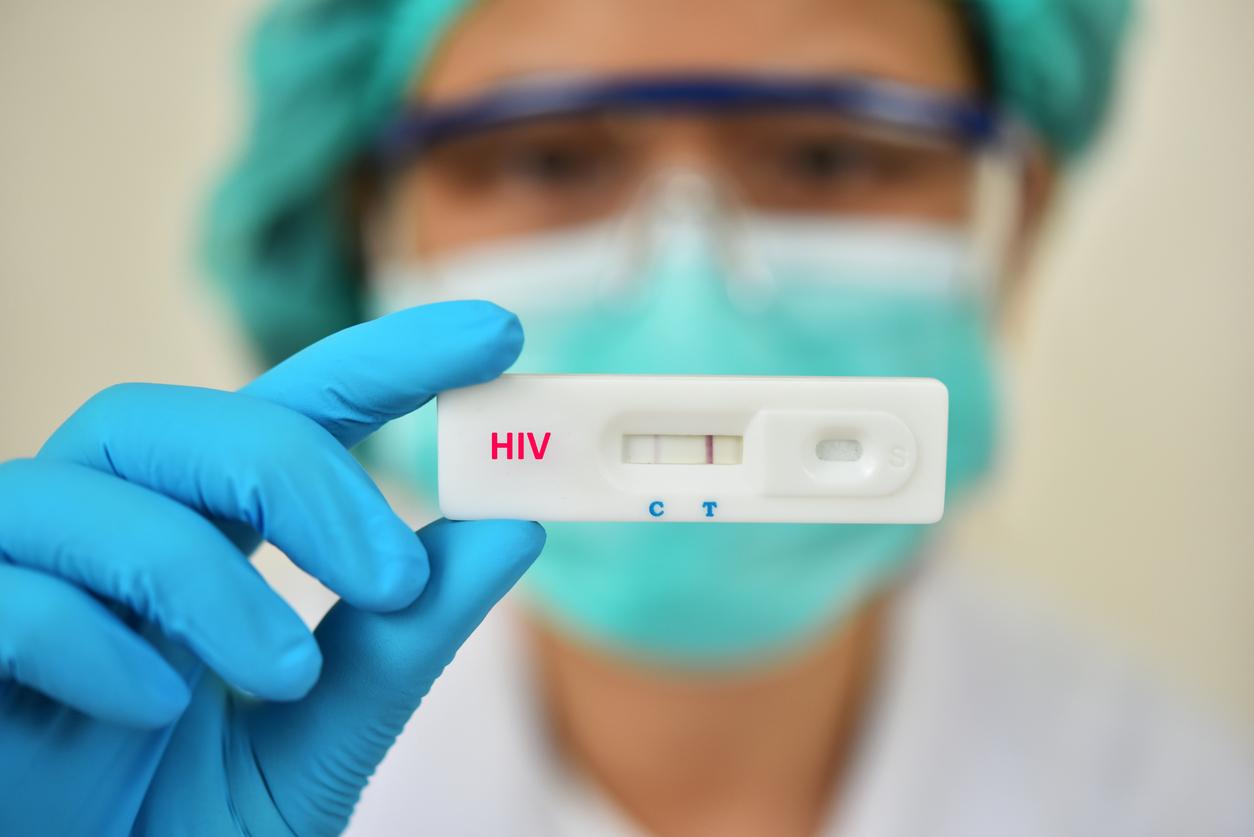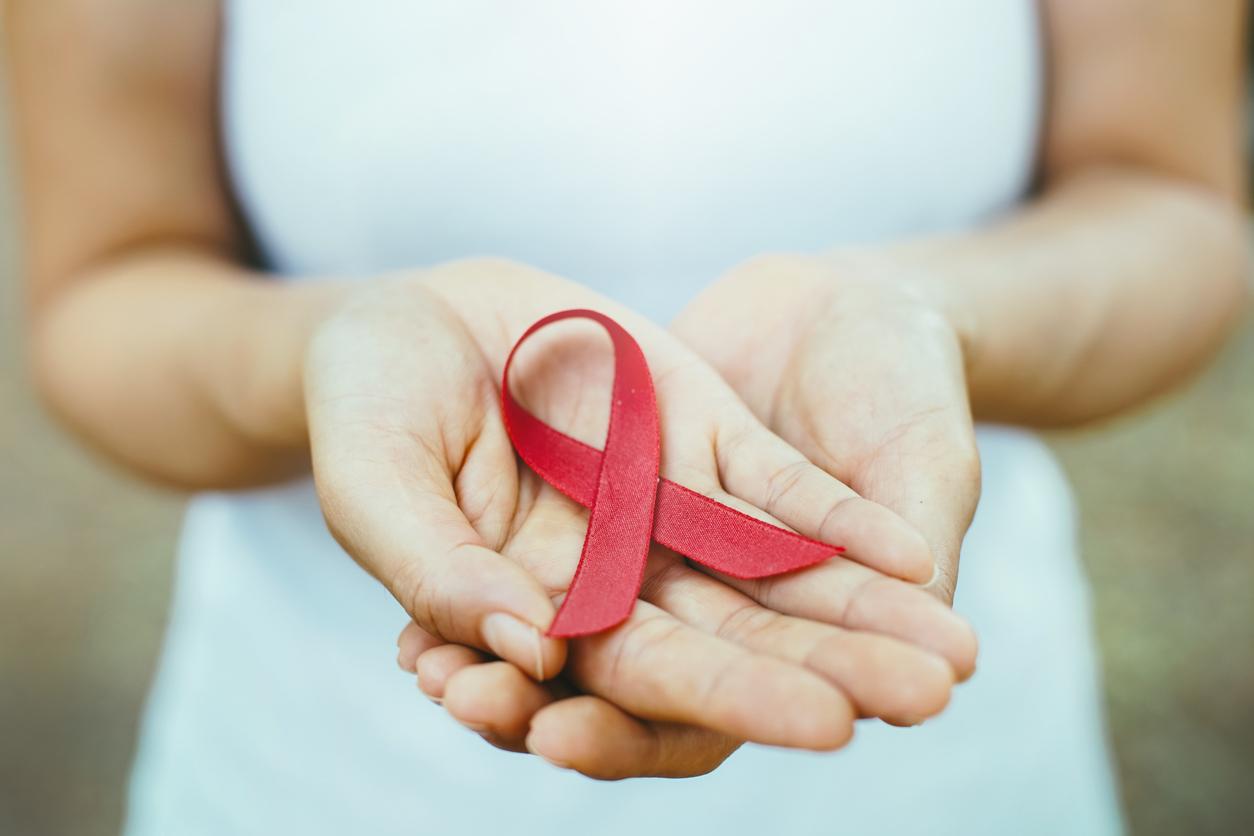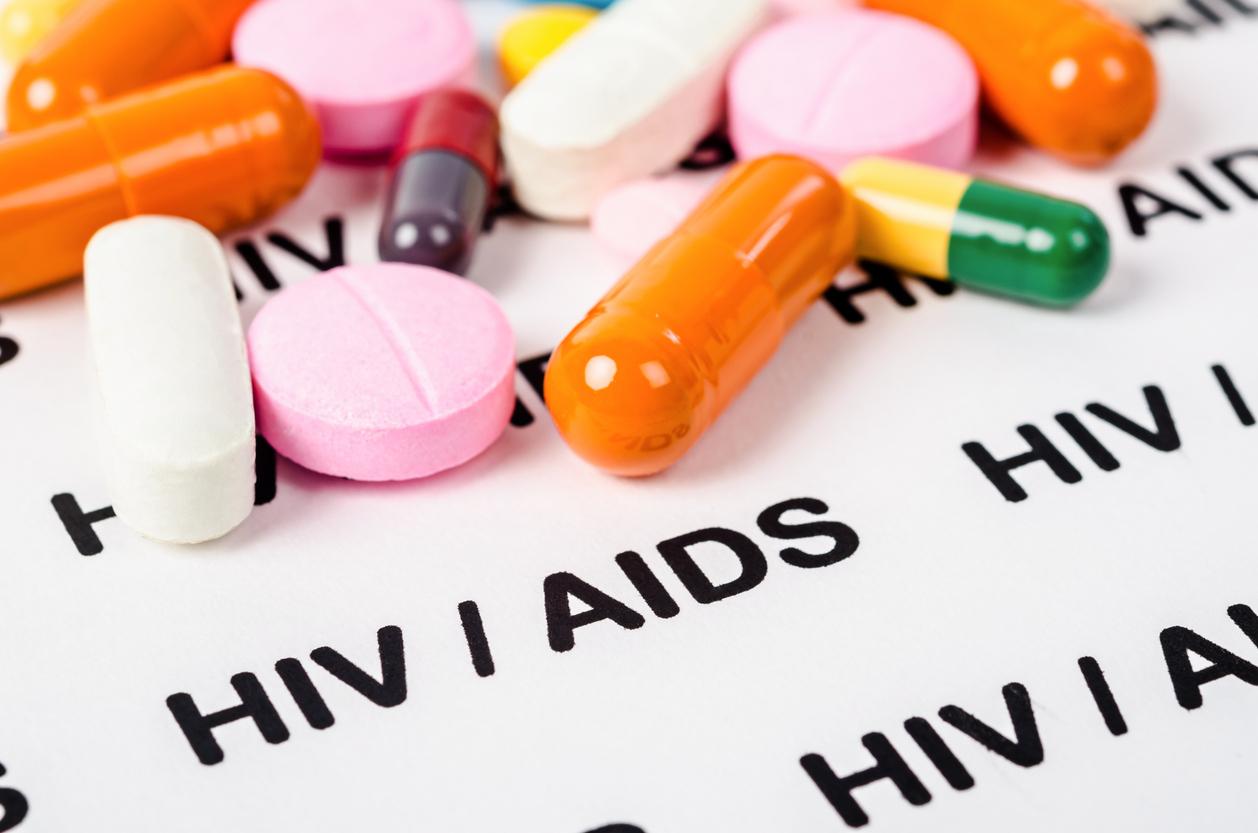World AIDS Day will be celebrated on December 1. While UNAIDS announces that it wants to stem the epidemic by 2030, there is still a long way to go in Uganda. Investigation into the bankruptcy of the African model.

In Uganda, the fight against AIDS is the story of a success that goes wrong. The country was hit hard by the epidemic in the 1980s: the number of infections was so massive that in 1990, Uganda – a small state as large as half of France – was the country with the most HIV-positive people from Africa *: 1,100,000 Ugandans are then carriers of the AIDS virus, nearly twice as much as the second country at the time, Tanzania, which then had 660,000 people living with HIV.
Very quickly, the State mobilized, without waiting for help from Western countries: thanks to a major prevention campaign as well as the establishment of the ABC program, for Abstinence – Be Faithful (be faithful) – Condoms (condoms), Uganda will gradually fight the epidemic. In 1990, 170,000 people were infected with HIV each year. This rate will gradually decrease until reaching its lowest level in 1998-1999: 80,000 people per year contract the AIDS virus. If we are indeed witnessing a significant decrease in the contamination rate, there is still a lot of work to do. Yet, at the turn of the 21st century, the situation will worsen again. The country which was proud to be a standard bearer in the fight against AIDS in Africa saw its public health policy called into question: between 2000 and 2011, the number of infections per year will more than double. Uganda is back to its rates from the early 1990s.
Abandonment of prevention
How to explain this backtracking? First of all, there is the shift from an all-prevention strategy to the all-drug strategy. If the first antiretrovirals (ARVs) appear in 1996, they are still paying and unaffordable for many Ugandans “From 2003, the American and Ugandan governments have allowed many people to have access to ARVs for free. However, investments in prevention have not followed, ”explains Dr Emmanuel Luyirika, executive director of the African Palliative Care Association, who has worked on HIV for the past 20 years, both as head of programs but also also as a clinician, both in Uganda and South Africa.
With the end of prevention, people began to be less afraid, and therefore to protect themselves less: infections have skyrocketed.
Listen to Stella Kentutsi, director of the Nafophanu association : “People are no longer afraid. They say to themselves: “if I am infected, I will take ARVs and everything will be fine”. Previously, in every speech, every celebration, President Museveni would talk about HIV. On TV, on the radio, the messages were permanent ”.
With the abandonment of prevention is added a second problem: ARVs are not available everywhere. “The fact of not covering everyone is a danger: those who are not treated put others at greater risk”, analyzes Dr. Luyirika. In fact, when people are on treatment, the risk of transmitting the virus becomes minimal.
Listen to Dr Emmanuel Luyirika, executive director of the African Palliative Care Association: “Not everyone who should be treated is treated: in Uganda, only 50% of people with HIV receive anti-retroviral treatment.”
Finally, the role of the Churches, very powerful in this country as in all of East Africa, should be emphasized. Some of them in particular very often called on their flocks not to use condoms and to focus on abstinence, and to a lesser extent on fidelity. Unrealistic measures: if the use of condoms has declined, abstinence and fidelity have not increased, which increases the risk of infections. In Uganda, having a side-dish, that is to say a mistress, is very common, again increasing the risk of contracting the disease. Especially these messages, in contradiction with the official recommendations, created confusion within the population on the real effects of the virus, in particular within the rural population, very numerous to exile in the urban areas for a few years. .
A counterproductive law
After nearly 10 years of inaction, the government finally woke up in 2011 and put in place measures to curb the movement: in particular it relaunched prevention, and set up a program to avoid contamination of mother to child: between 2011 and 2012, the number of infections of this type rose from 32,000 to 15,000. from 170,000 in 2011 to 140,000 in 2013.
However, this progress is fragile and Uganda could find its old demons because of a law, the HIV Prevention and Control Act of 2014, voted on last May and signed by the president in July. Much criticized by health personnel and associations campaigning for the rights of HIV-positive people, it stipulates, among other things, the obligation for all HIV-positive people to disclose their HIV status to those around them, both personal and professional. If the patient refuses, his doctor is obliged to do it for him. The law also provides a ten-year prison sentence for anyone known to have intentionally transmitted HIV to their partner.
Listen to Dr Christine Nabiryo, the executive director of TASO, a Ugandan support organization for people living with HIV founded in 1987. It is one of the first African organizations to be created in response to the AIDS explosion in Africa and today one of the most important from the continent : “In this act, there are clauses that the legislator must review: for example the fact that you are obliged to reveal your HIV-positive status and that if you do not do so, the health personnel must do it for you. “
For Doctor Christine Nabiryo, this law will lead to a dramatic drop in the number of screenings. Not tested, people will not be able to have access to ARVs, which should increase the number of serious patients and therefore of death but also a possible explosion of infections since a poorly or untreated person is much more contagious than a person under -processing. In 2013, 63,000 people died of AIDS in Uganda: it is the 7th most affected country in the world, behind Nigeria, South Africa and India. And the situation is not likely to improve anytime soon.
.








